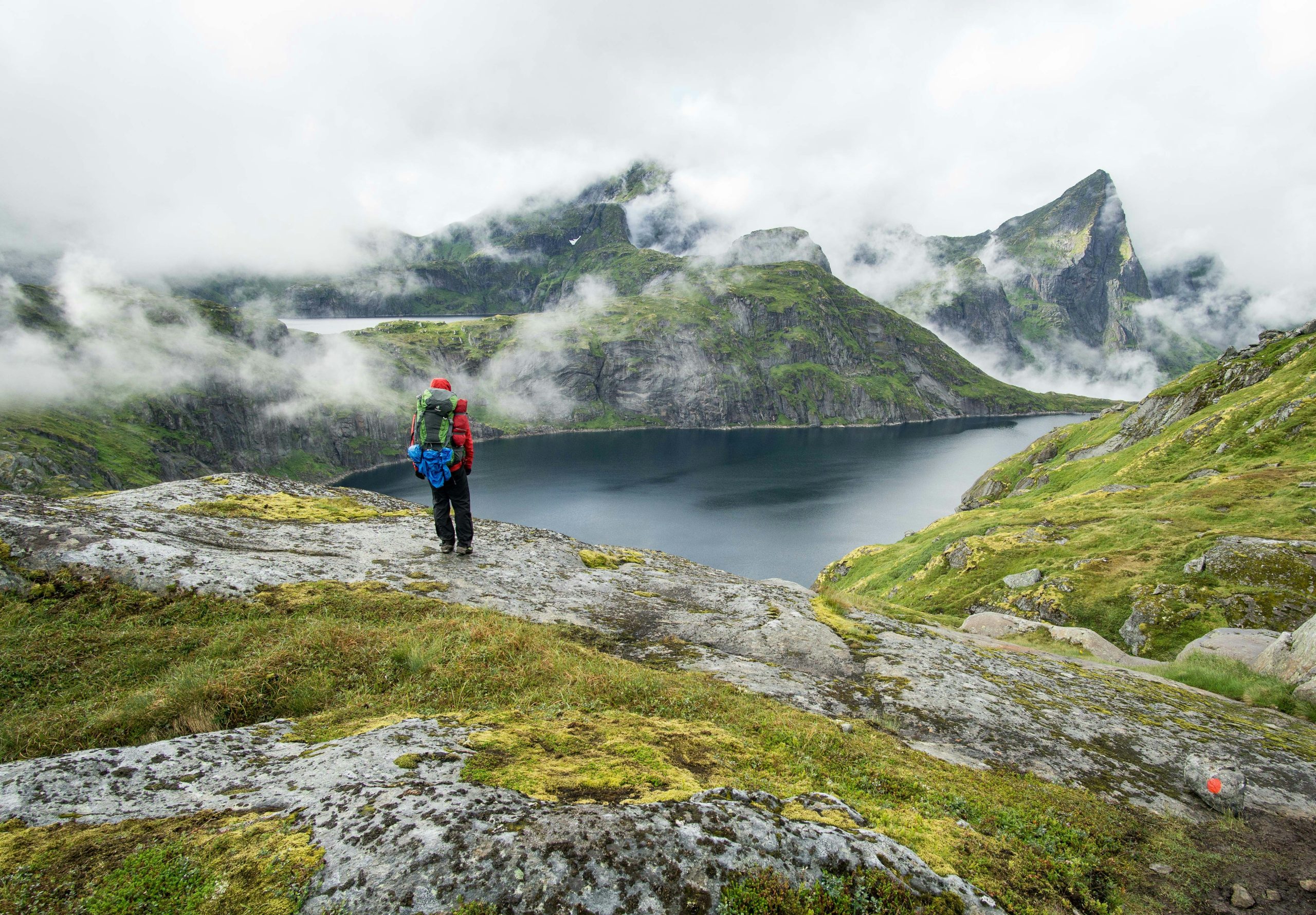
Outdoor Sports and Climate Change Adaptation Strategies
Outdoor sports, including activities such as hiking, skiing, mountain biking, and rock climbing, are deeply intertwined with the natural environment. As climate change accelerates, the impact on these sports becomes increasingly evident. From melting glaciers to unpredictable weather patterns, athletes, organizers, and enthusiasts are facing new challenges. Implementing effective adaptation strategies is crucial to ensure the sustainability and enjoyment of outdoor sports in the face of climate change.
Understanding the Impact of Climate Change on Outdoor Sports
Climate change affects outdoor sports in various ways:
- Melting Glaciers and Snowpacks: Skiing and snowboarding depend on consistent snow cover, which is threatened by warming temperatures.
- Changing Weather Patterns: Unpredictable weather can disrupt events like marathons, cycling races, and climbing expeditions.
- Increased Risk of Extreme Events: Hurricanes, wildfires, and floods pose direct risks to athletes and infrastructure.
- Loss of Biodiversity: Natural habitats that provide venues for sports are shrinking, affecting wildlife and ecosystems.
Adaptation Strategies for Outdoor Sports
Adapting to climate change requires proactive measures from sports communities:
1. Sustainable Event Management
Organizers can reduce environmental impact and build resilience:
- Use renewable energy sources for event operations.
- Promote local and organic food options to reduce carbon footprint.
- Implement waste reduction and recycling programs.
2. Diversification of Sporting Activities
Adapt to changing conditions by diversifying activities:
- Develop new sports that thrive in warmer climates.
- Modify existing sports with climate-resilient equipment and techniques.
3. Infrastructure and Venue Adaptation
Design and manage sports venues with climate resilience in mind:
- Invest in durable and flexible infrastructure to withstand extreme weather.
- Use natural barriers and vegetation to protect against erosion and storm damage.
4. Community Engagement and Education
Empower athletes and communities to become climate advocates:
- Educate participants about climate change impacts and adaptation strategies.
- Encourage sustainable transportation options for athletes and spectators.
- Collaborate with local communities to integrate traditional knowledge with modern practices.
Case Studies in Climate-Resilient Outdoor Sports
Examples of successful adaptation efforts include:
1. Ski Resorts in the Alps
Many resorts are investing in snowmaking technologies and diversifying into summer activities like hiking and mountain biking.
2. Marathon Events
Organizers are monitoring weather patterns closely and implementing flexible event plans to ensure participant safety and event continuity.
3. Coastal Water Sports
Communities are adapting to rising sea levels and more intense storms by using innovative building designs and protective barriers.
Conclusion
Climate change poses significant challenges to outdoor sports, but proactive adaptation strategies can mitigate these impacts. By embracing sustainability, innovation, and community engagement, the outdoor sports community can continue to thrive while preserving the natural environments that make these activities possible.
Implementing these strategies not only ensures the longevity of outdoor sports but also fosters a deeper connection between athletes and the environment, promoting stewardship and resilience in the face of a changing climate.



